How to Profit in the Stock Market: Short-Term Trading and Investing Strategies for Beginners
$13.60
| Author(s) | |
|---|---|
| Format |
|
| Pages |
205 |
| Publication Year |
2022 |
How to Profit in the Stock Market shows how to find stocks that have the most potential, identify overall market conditions, determine whether or not to participate, enter and exit positions, and avoid dangerous markets. You’ll gain valuable information on potential risks and learn ways to protect your money during a trade.
Author’s Note:
You are in the right place if you know the basics and want to learn more about the stock market. As always with my other books, I try to make this book educational as well as entertaining. My goal is to save you time and money while teaching you ways to increase income and build wealth. Before writing this book, I spent years testing and evaluating the stock market. I approached the stock market like a scientist, conducting numerous experiments to determine what worked, and what didn’t. As a result of my research, I was able to bring new insights and ideas to writing this book. I am very eager to share what I learned with you.
My goal is to help you gain a deeper understanding of the stock market so you can increase profits over the short or long term. I took the classes, read the books, watched the videos, and talked to dozens of pros. I also invested and traded stocks, and along the way, I’ve made many mistakes, which I will help you to avoid. The bottom line is that you are reading this book because you want to make money. One of the best ways to make that happen is by participating in the stock market, as either an investor or trader. By the time you finish this book, you should have learned a variety of different methods and strategies to succeed.
In Part One, you learn buying strategies as well as ways to find winning stocks. In fact, the ability to find potential winners is the first step in your journey as a short-term trader or investor. I discuss the most useful indicators and oscillators in Part Two, from moving averages to stochastics, including how they generate specific buy and sell signals. I gained additional insights by interviewing many of the creators of the most popular indicators, which I share with you.
We’ll cover trend following and momentum trading strategies in Part Three. I also included specific technical signals to help with buy and sell decisions. Many traders use one or both of these strategies, which is the reason I examine both the benefits and risks of each method. Anyone interested in high-risk, high-reward strategies will enjoy Part Four. That’s when I introduce day trading, trading gaps, cryptocurrencies, and penny stocks. While these strategies are not for everyone, learning how they work may be useful. For many, they are pure entertainment.
Because a bear market, correction, or crash is always looming, I want you to be prepared. In Part Five, I share the methods you should use not only to survive during volatile market environments, but to thrive. As an added bonus, I discuss how market pros, from seasoned investors to short sellers, handle bear markets. Speaking of short selling, I show you how to do it.
Part Six addresses tactics and strategies for selling stocks and options, what I call the art of selling. To close out the book, I discuss how to sell covered calls. This easy-to-learn options strategy is ideal for anyone who owns stock and wants to rent that stock to others. Even if you have no interest in using options, this strategy will be there if you’re looking for income and cash flow. In closing, I offer some parting advice on what to do next, along with good sources of further information and a glossary of indicators.
Contents:
- Find Winning Stocks
- Buying Strategies and Tactics
- Moving Averages
- MACD
- RSI
- Bollinger Bands
- Stochastics
- Candlesticks
- Short-Term Trend Trading
- Momentum Trading
- Day Trading Strategies
- Trading Gaps
- Cryptocurrencies
- Penny Stocks
- Selling Short
- Bear Market Strategies
- How Pros Manage Bear Markets
- The Art of Selling
- Selling Covered Call Options
How to Profit in the Stock Market: Short-Term Trading and Investing Strategies for Beginners By Michael Sincere pdf
1 review for How to Profit in the Stock Market: Short-Term Trading and Investing Strategies for Beginners
Clear filtersOnly logged in customers who have purchased this product may leave a review.

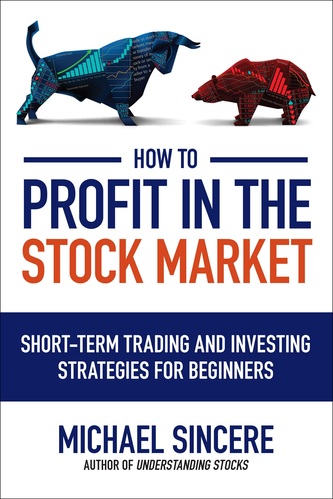
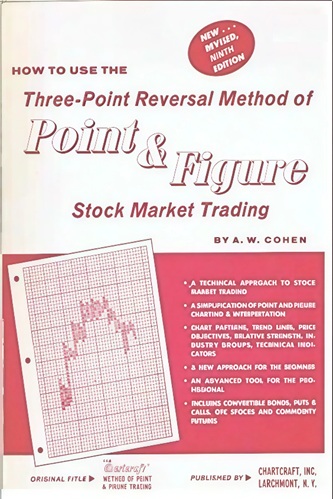
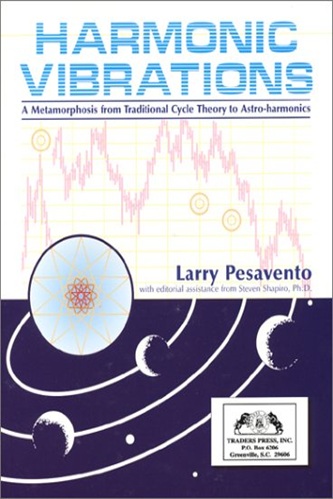
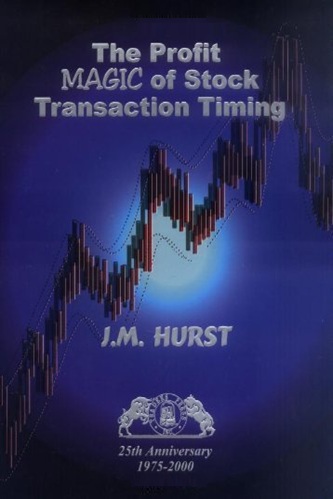
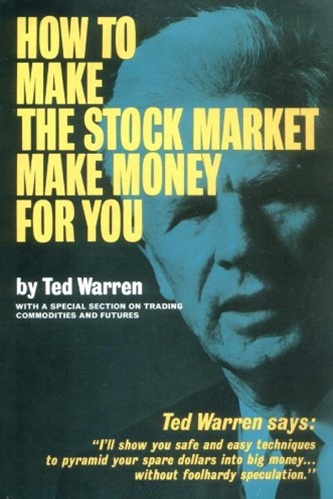
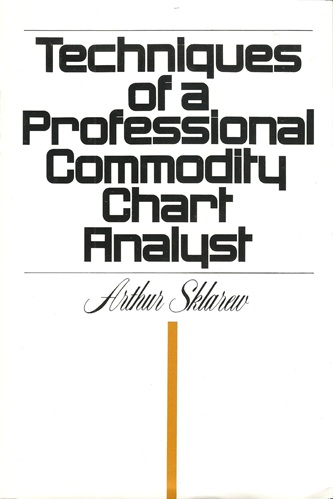
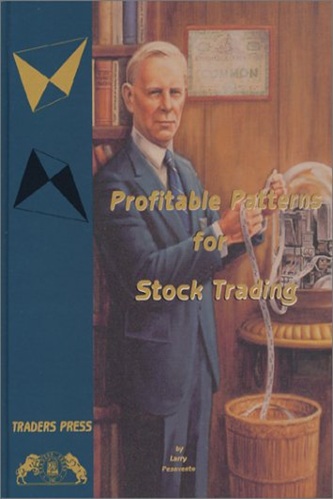

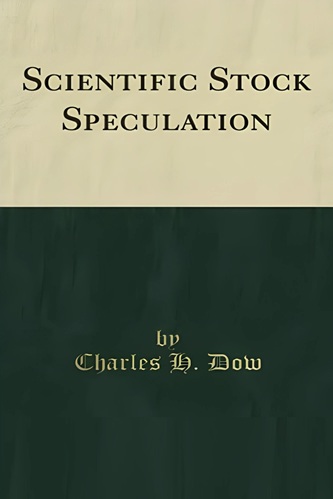
Abner Wolfe (verified owner) –
A great intro, but I wish this book provided more detail on what to do, even if on fewer topics covered.
This book provides a good intro to indicators, but one thing it doesn’t cover that I wish it did is how to navigate, or even detect, upcoming discontinuous change. (Not sure which book, if any, does…)
When the future looks like the past, it’s easy to rely on trends/averages/indicators, etc. But when there is a paradigm shift, past trends and averages are useless (and all that indicators and oscillators can show you are the recent past data, which you can see yourself on a stock price chart, with or without those indicators).
So when that stock price drops below the Bollinger Bands (etc.) WHICH IT WILL DO 5% OF THE TIME (or whatever percentage to which you set your indicators), is it just an off day and will soon bounce back, or is it the beginning of the end, and a new trend beginning? This book doesn’t tell you. (Or if it does, it says to sell, losing money but preventing a larger loss.)
That said, it is a very helpful book, and if you’re not familiar with these topics it does provide a very good and friendly overview and introduction. Just there’s literally a cliff hanger that it leaves you hanging on! (Throughout the middle, unaddressed at the end.) So when your favorite stock is hanging off a cliff, should you sell it for whatever you still can get, or sell everything else sellable and double or triple your holdings of it??? Like I said, this book doesn’t tell you! And that’s exactly what we all need a book for! Because no one needs a book for what to do when stocks are behaving themselves, in-band, within line of their normal averages and trends and normal variation: just keep holding it! There’s nothing to analyze or explain there. It’s at the extremes when we need all the guidance we can get.
When your favorite stock rises out of band, unusually high even for its own trend, should you be happy and sell? Or has the party not even started yet? Imagine investing $100 in Apple stock in 1985, watching it double to $200, and selling and being happy that you just doubled your money and made $100 profit! …Instead of holding it another few decades and cashing out for millions. Oops.
So “selling high” is relative. What is “high”? $200 or $200 billion?
Likewise, when that stock falls (and Apple, for example, was mighty low in the 2000s), is it time to bail? Doing so is selling low, i.e. losing money. Sure, it may save you from losing more, and that’s the right move in some cases, but it also stops you from winning your money back soon and even profiting later, which is why you bought that stock in the first place.
So that’s where we’re left after this book. ‘Twas a nice scenic ride, but miles to go before we sleep… on a cushy bed of cash. Scouting for further wisdom on these topics…
ADDENDUM: If buying low and selling high in the short term is your game, then this book does great! But it doesn’t address the longer term much beyond one cycle. Admittedly, the book says “Short Term” in the subtitle, but still some guidance on the longer term would help, even if it says something like “when you see this: XYZ, then longer term considerations are in order, see ABC for that”. That said, I look forward to trying this book’s shorter term techniques, and will take it from there.